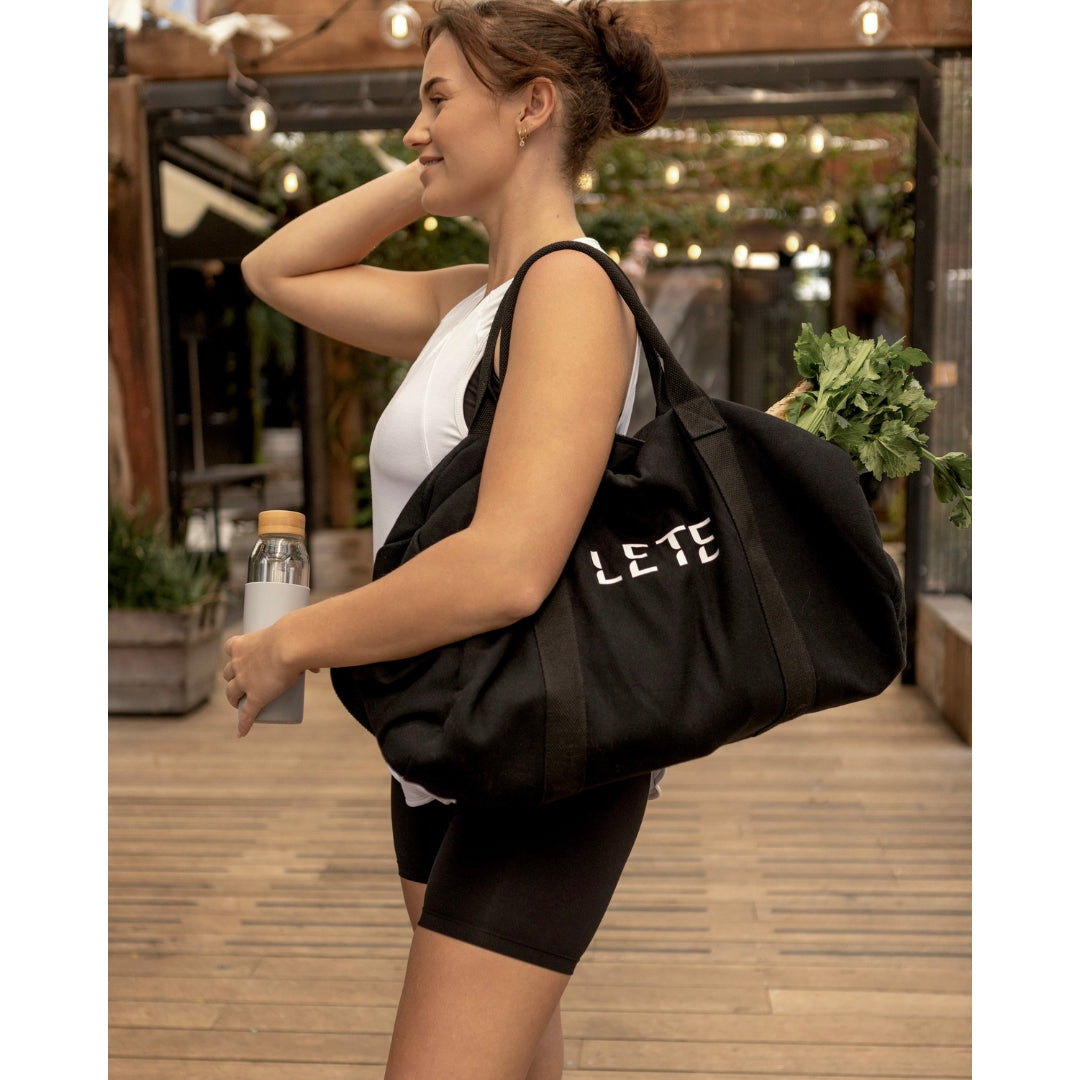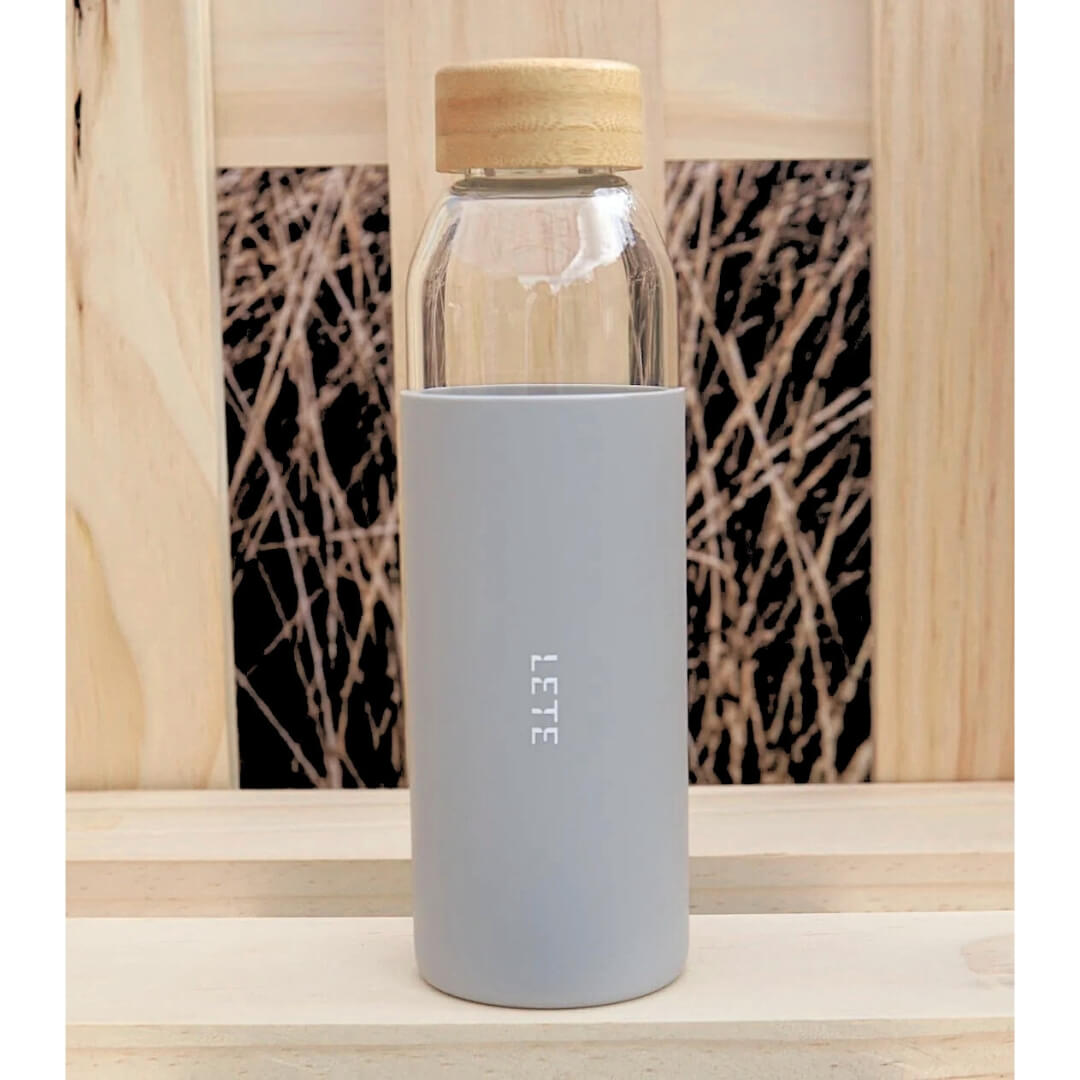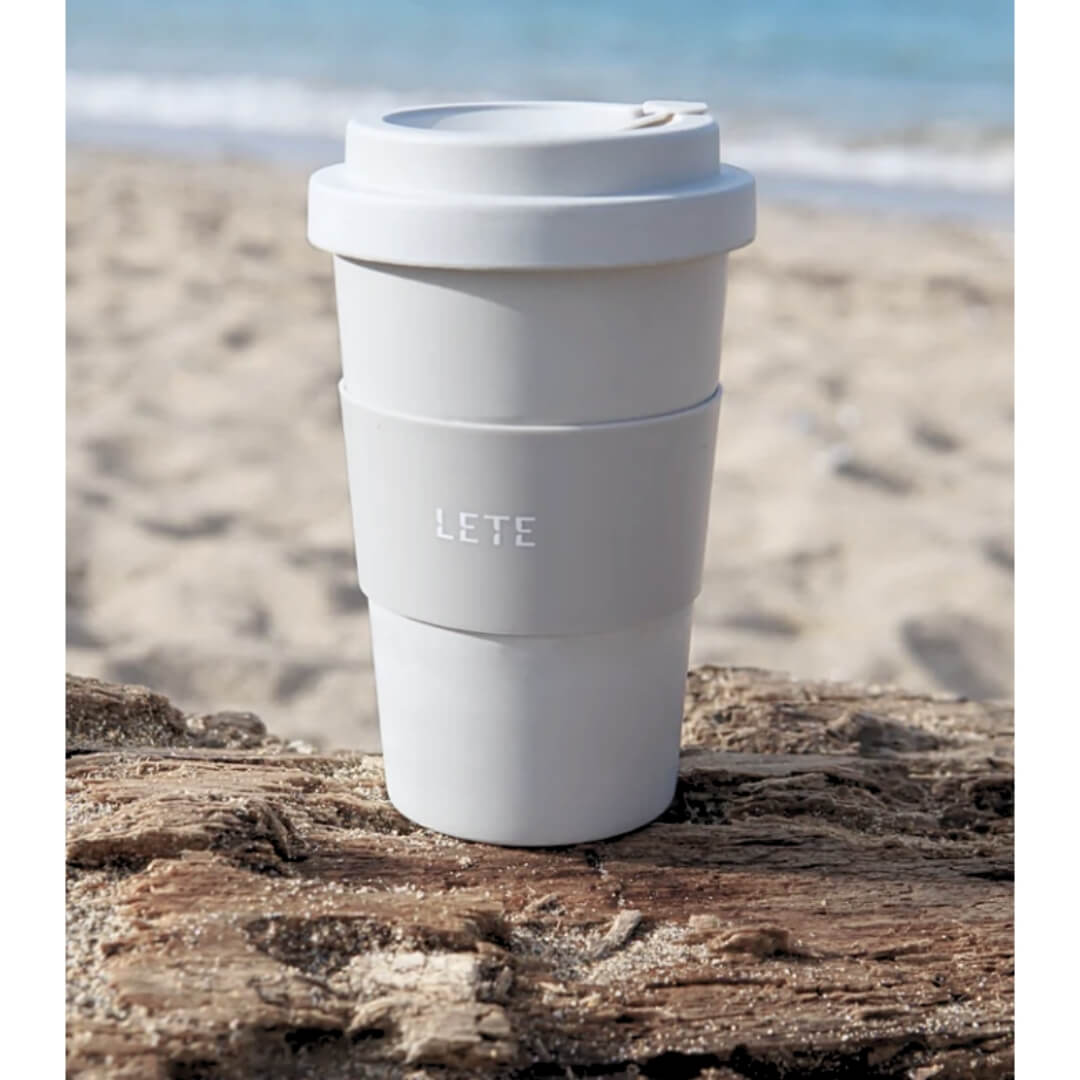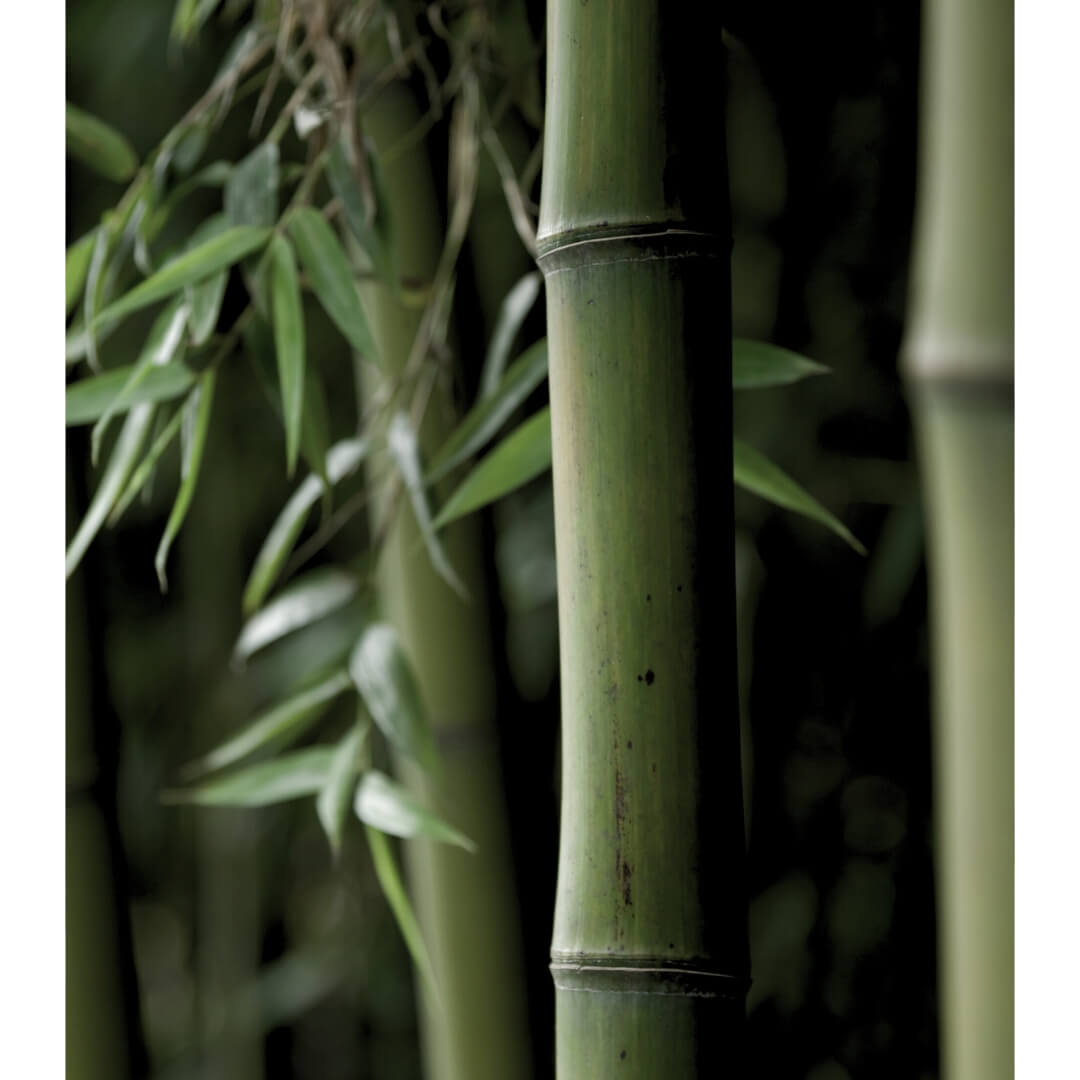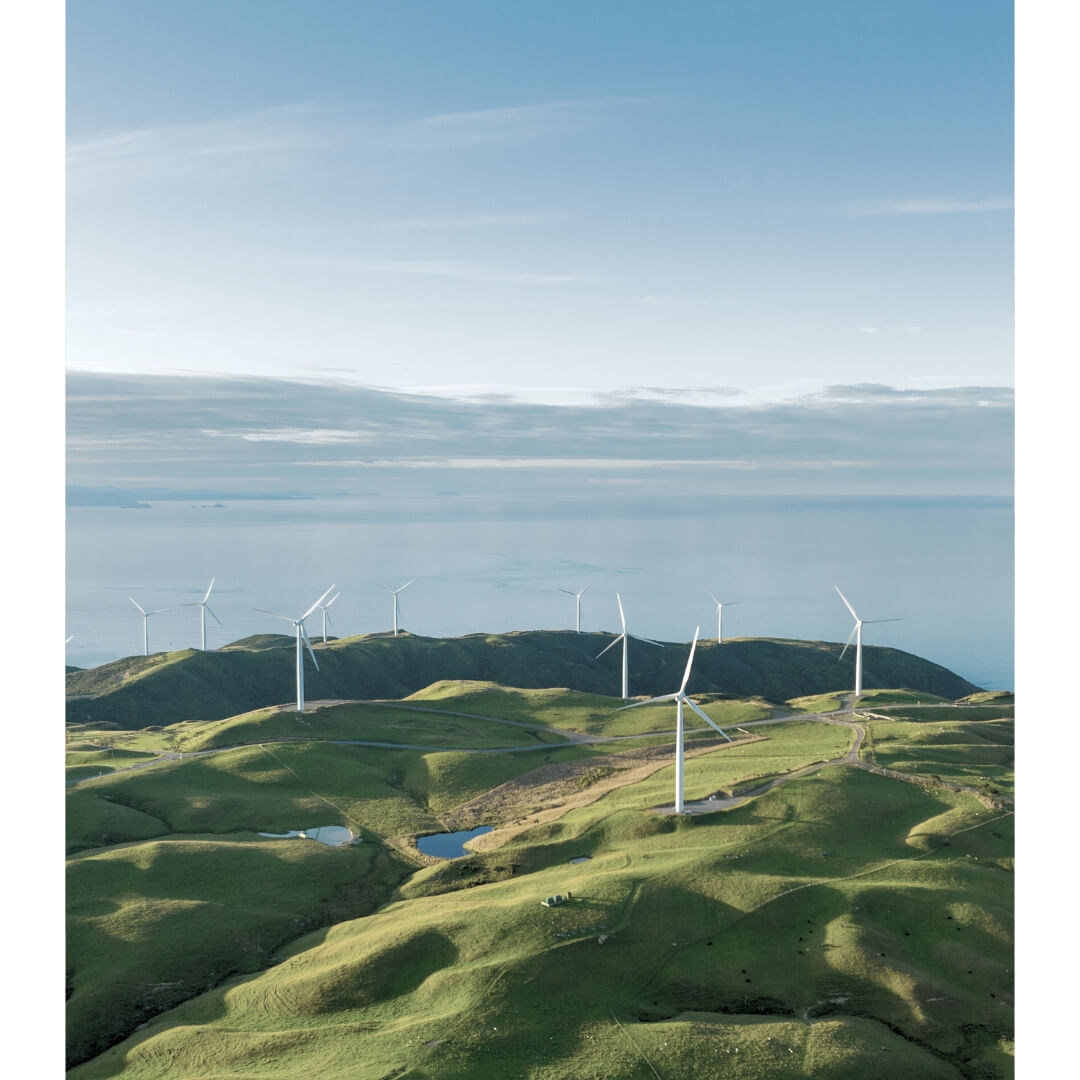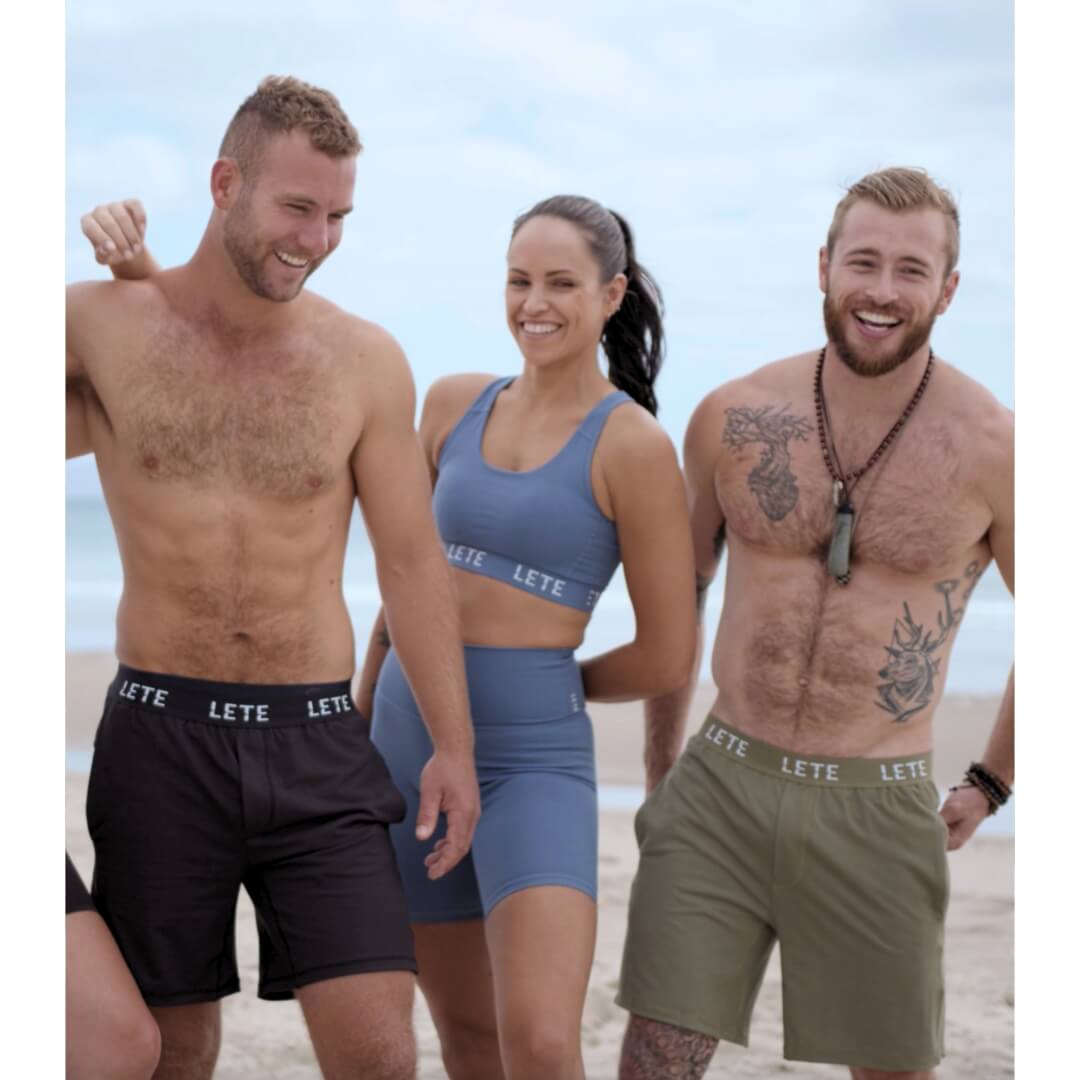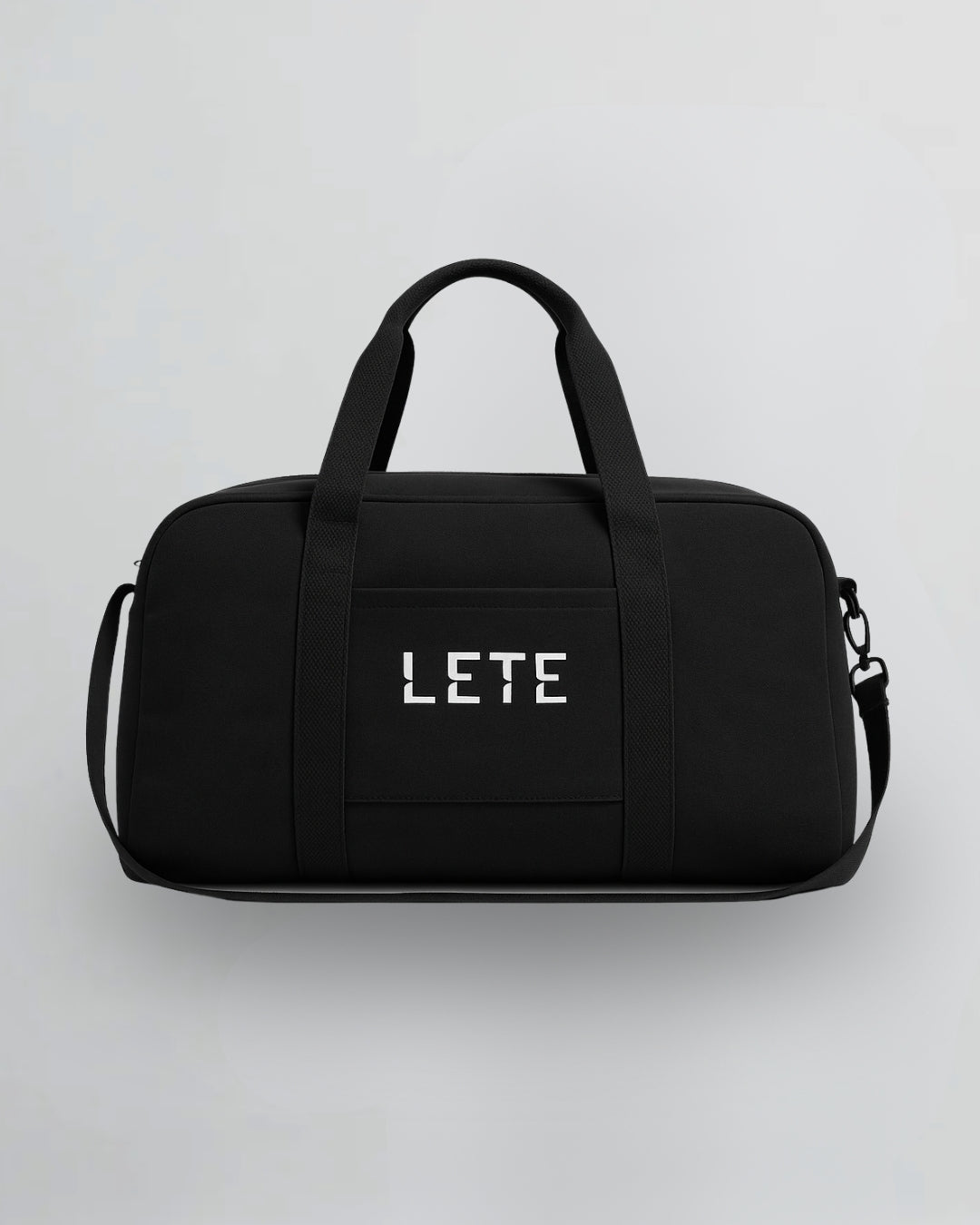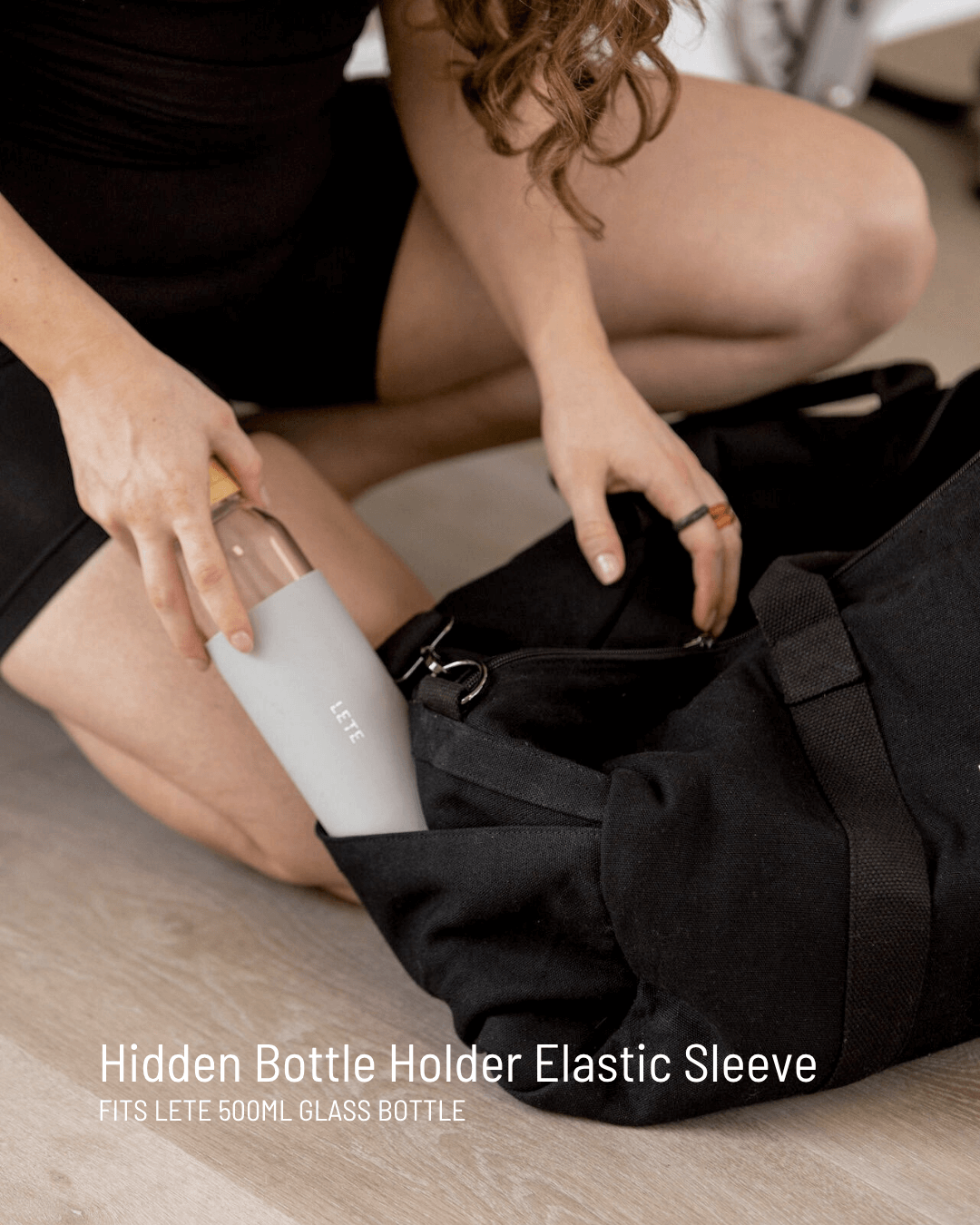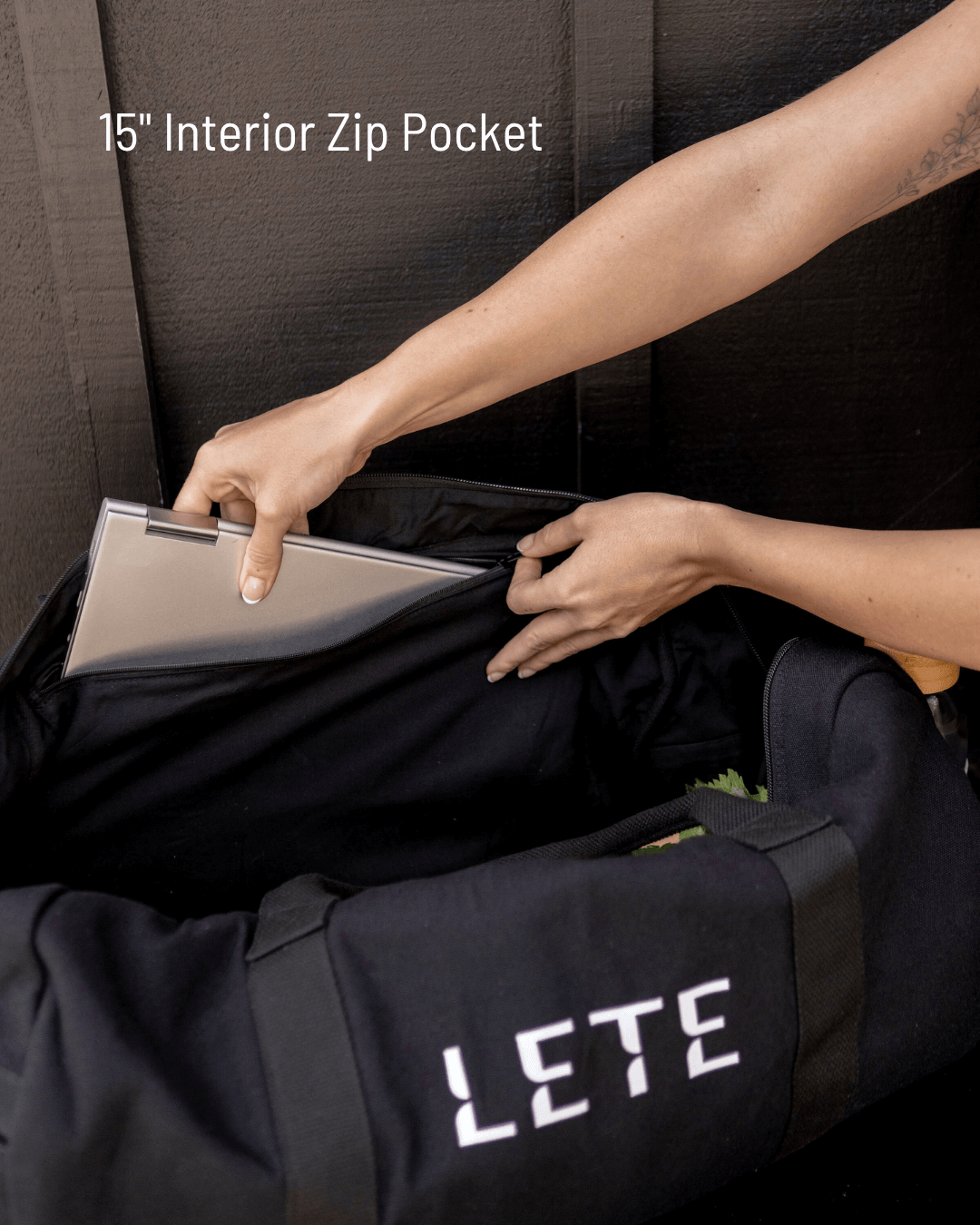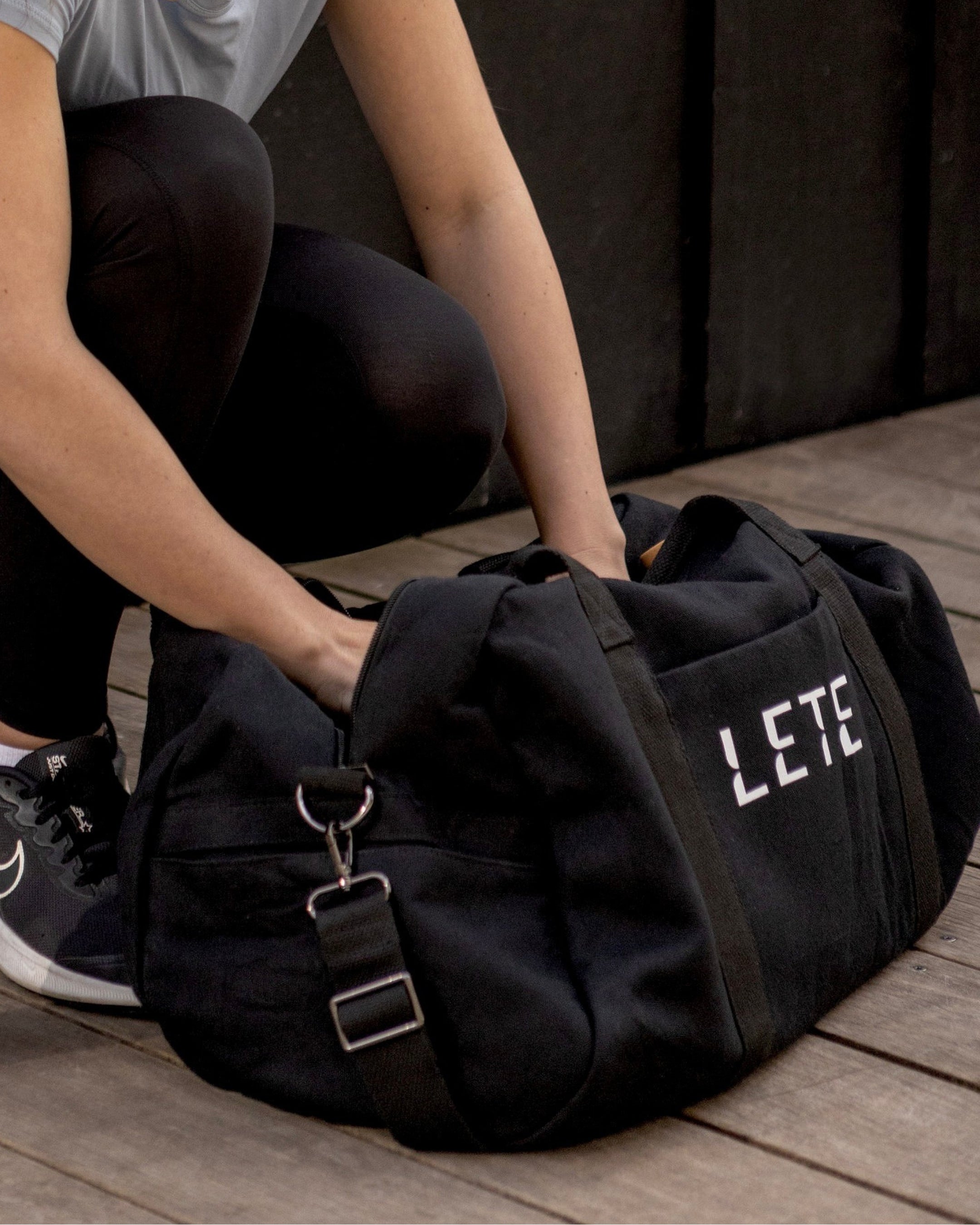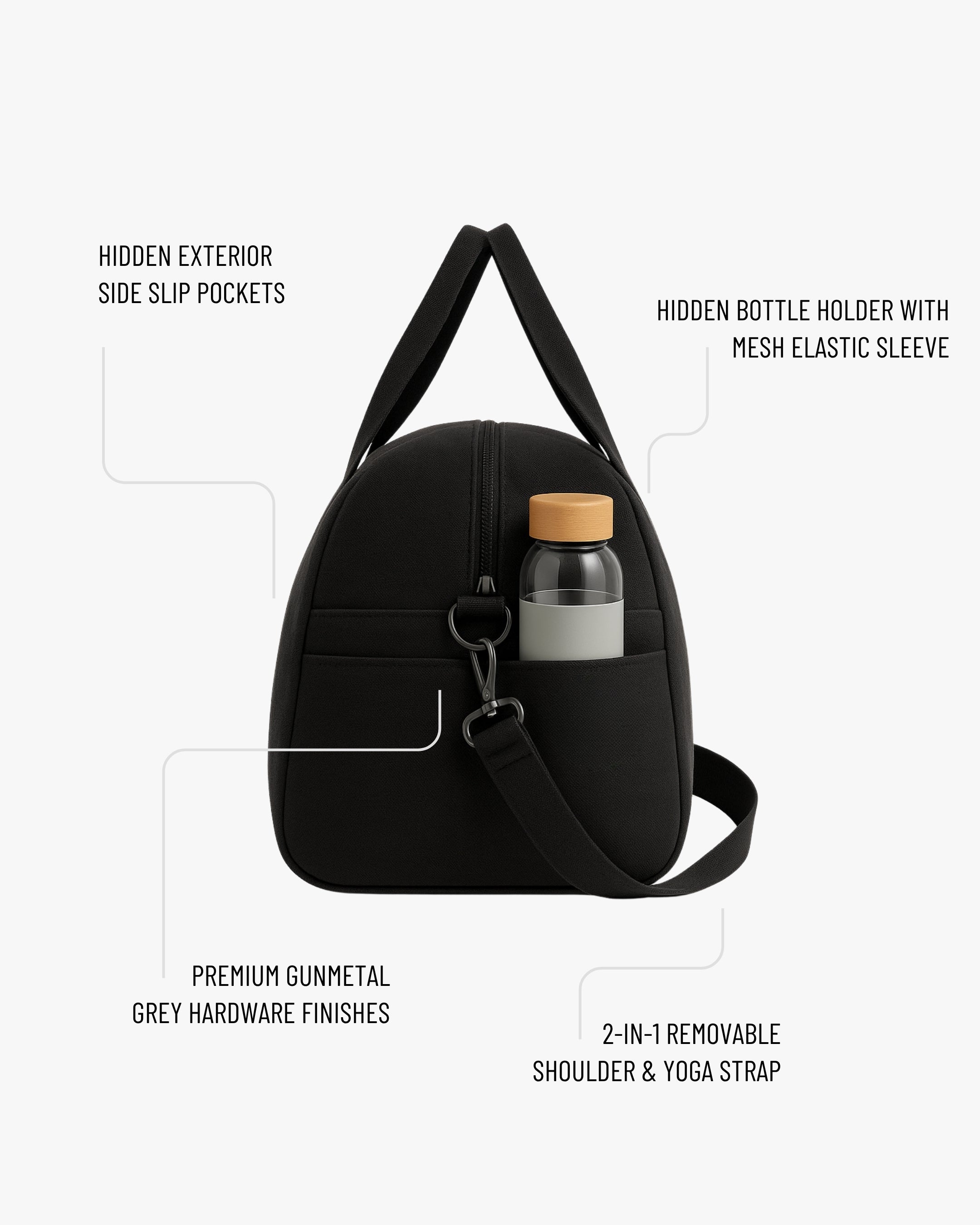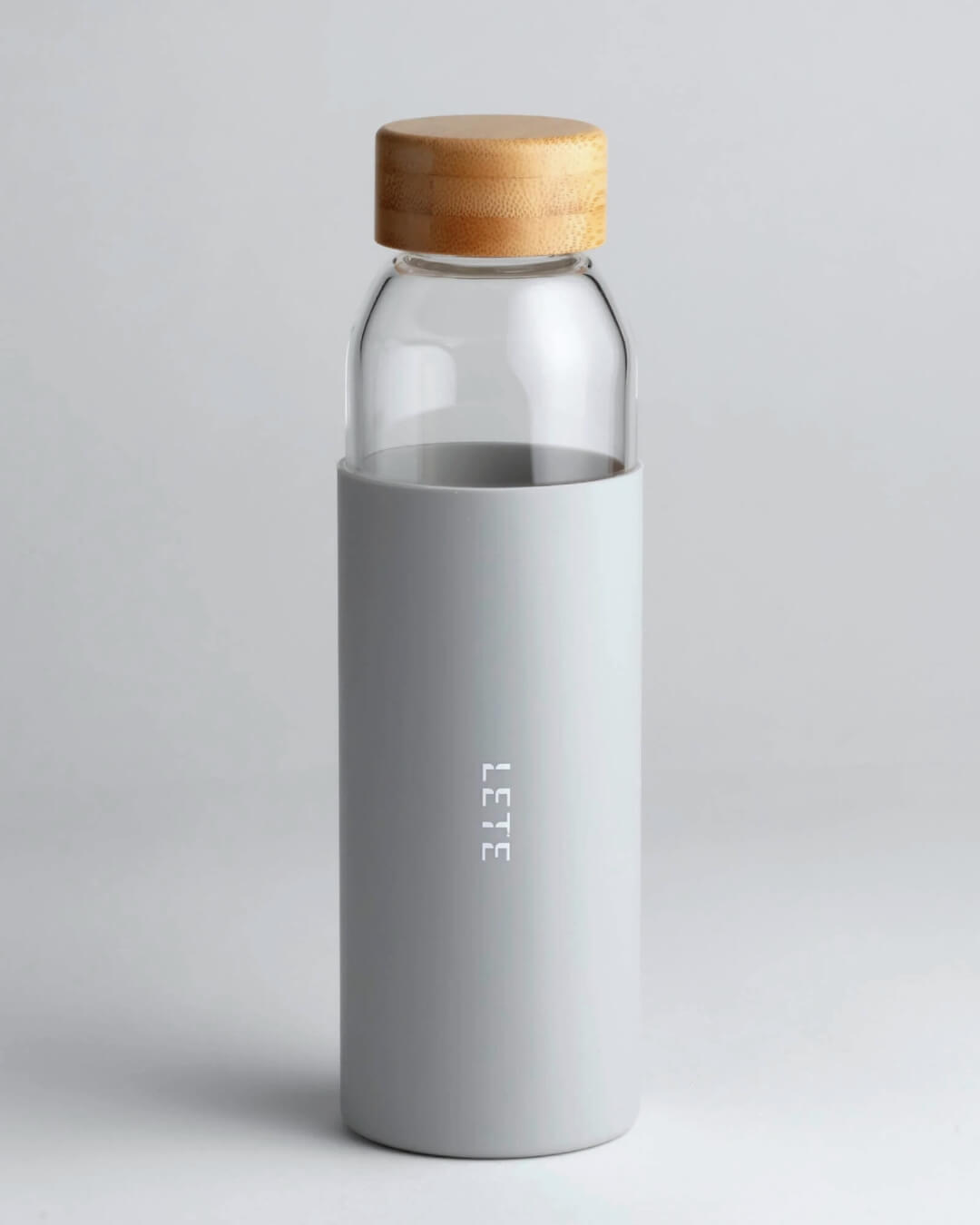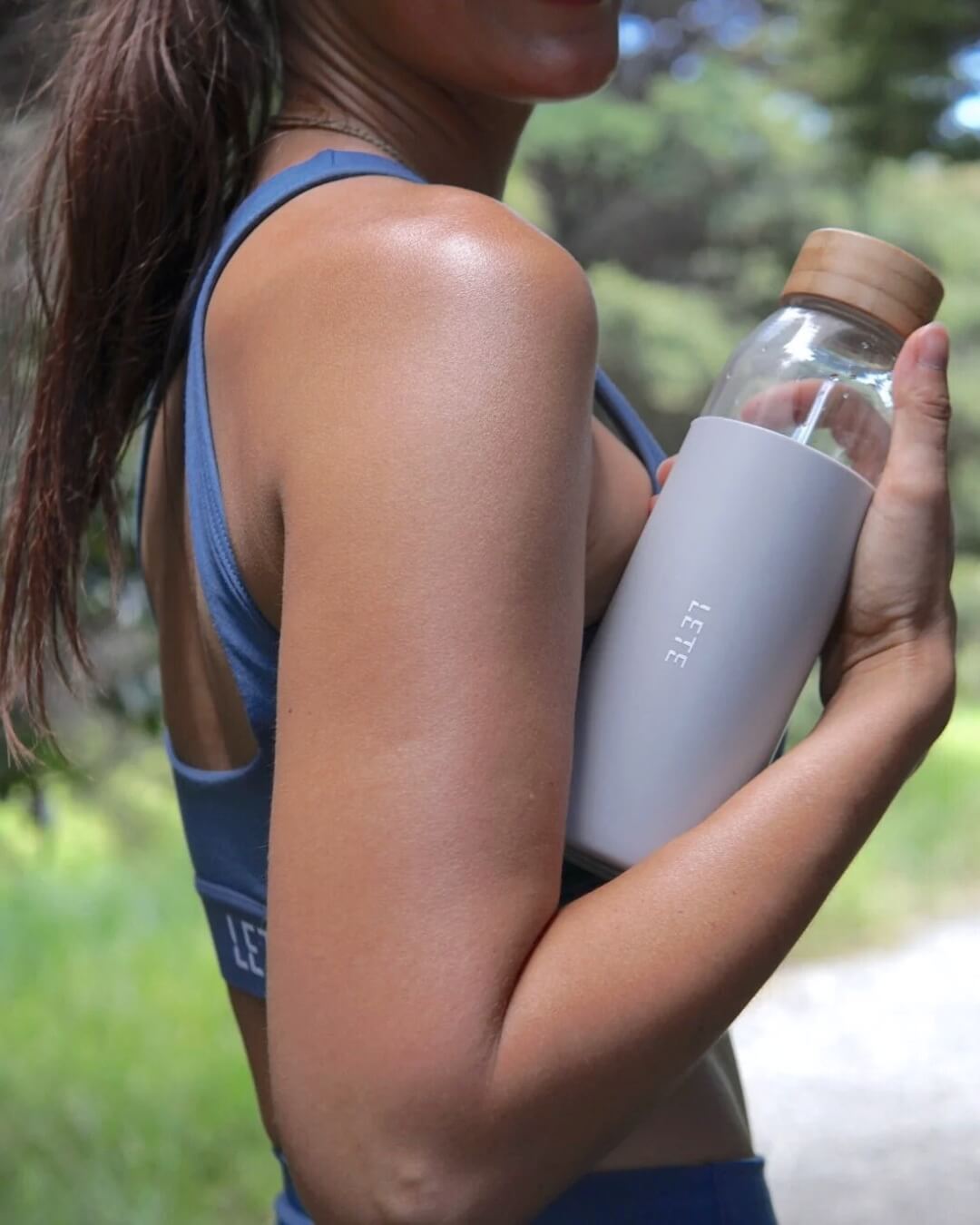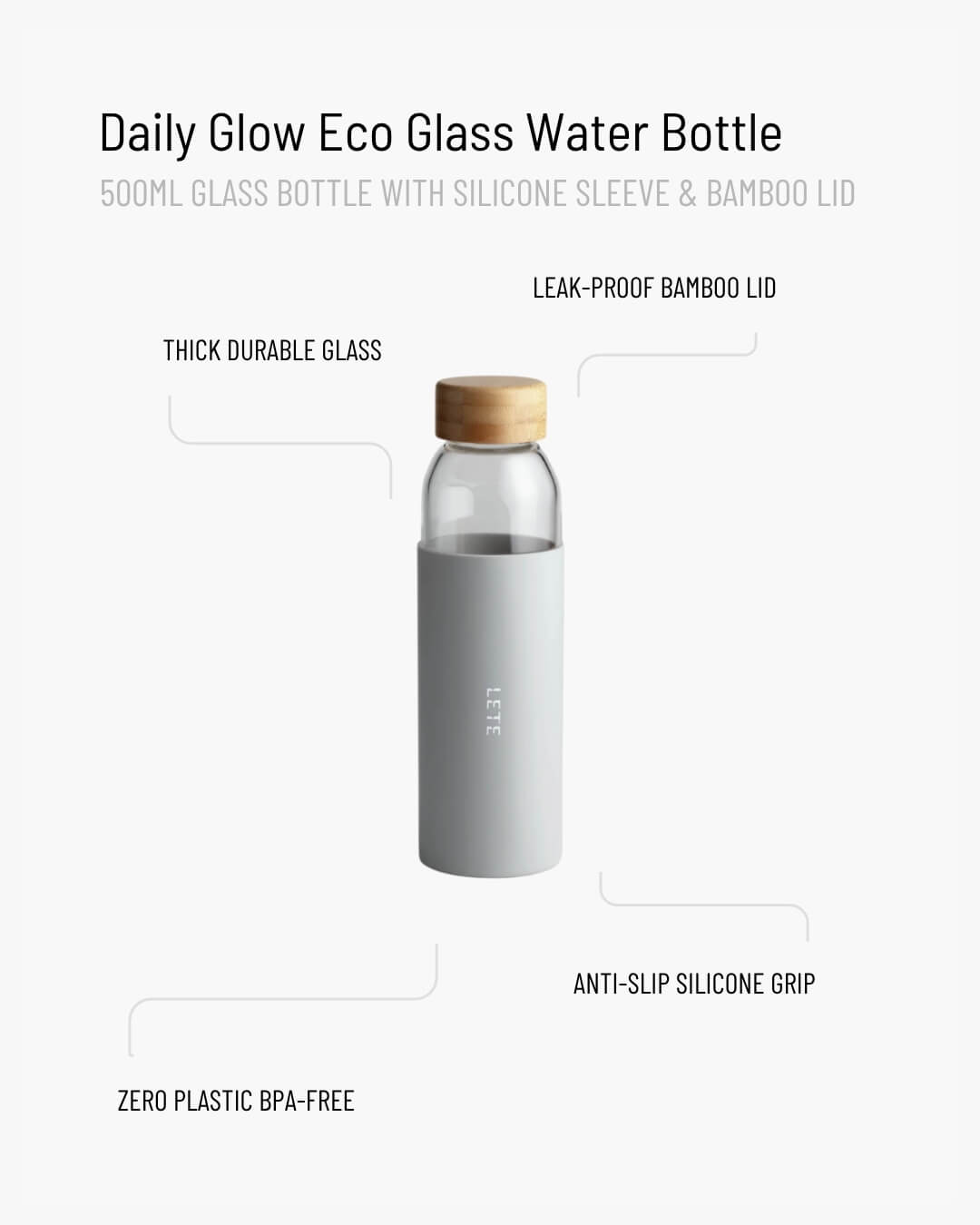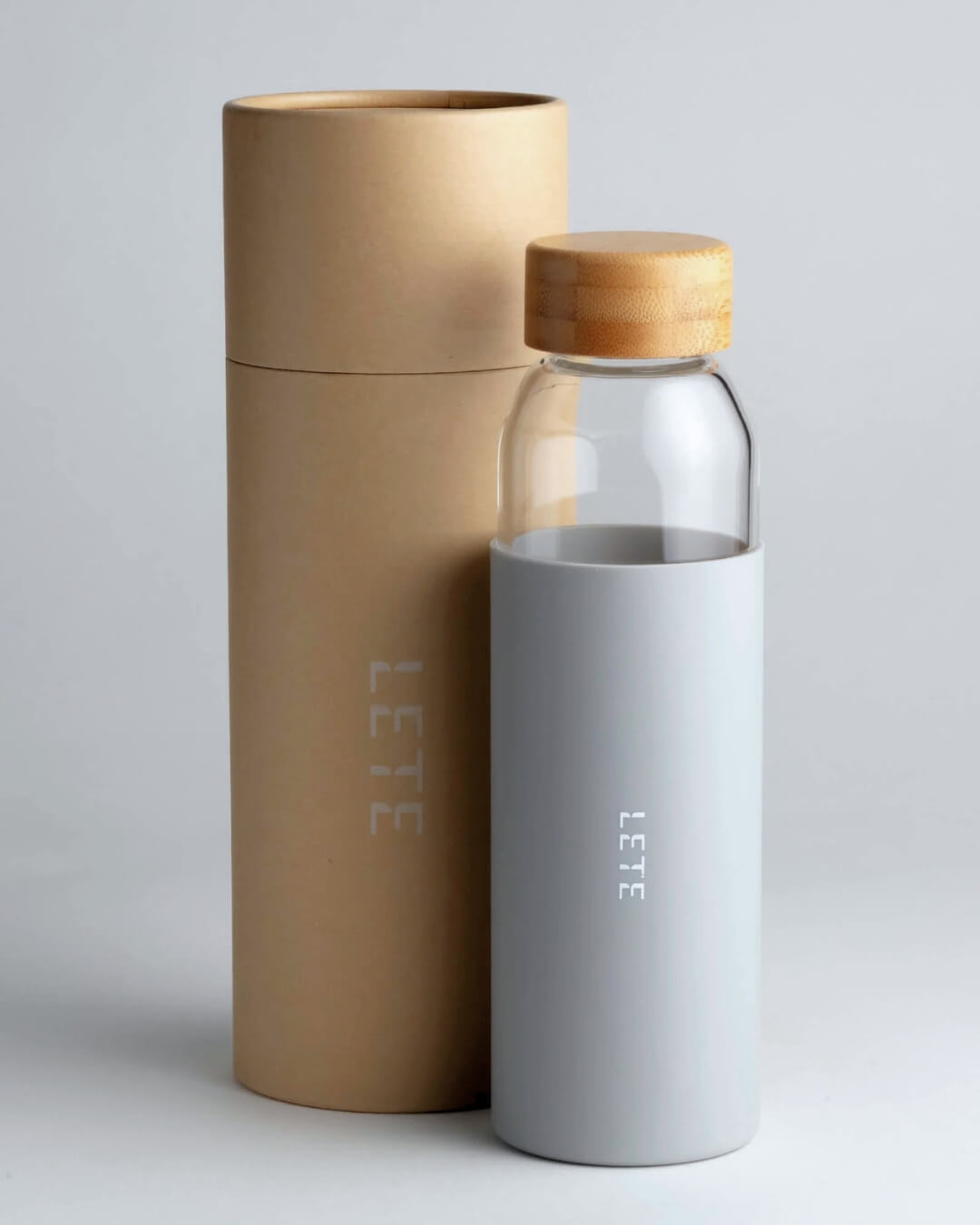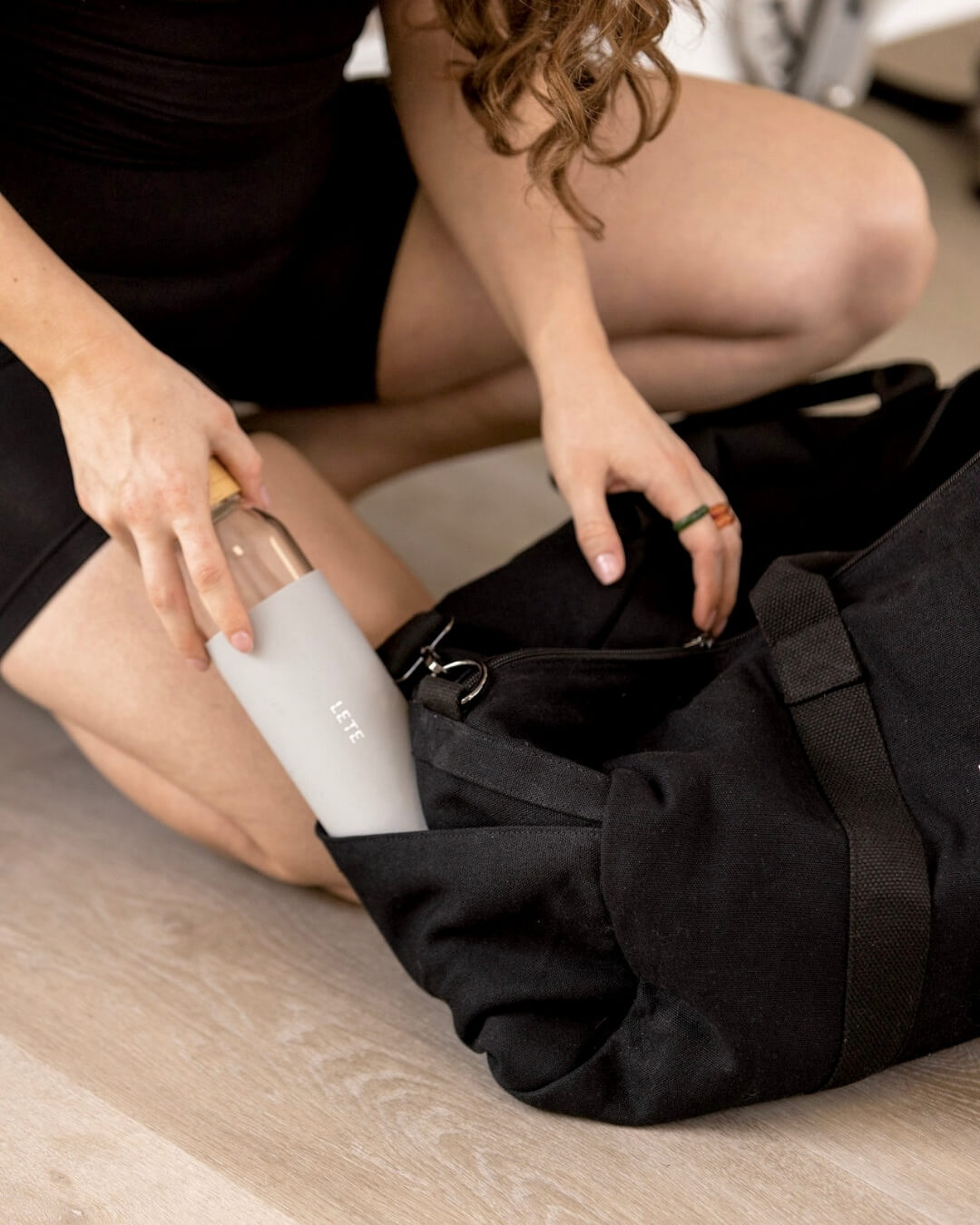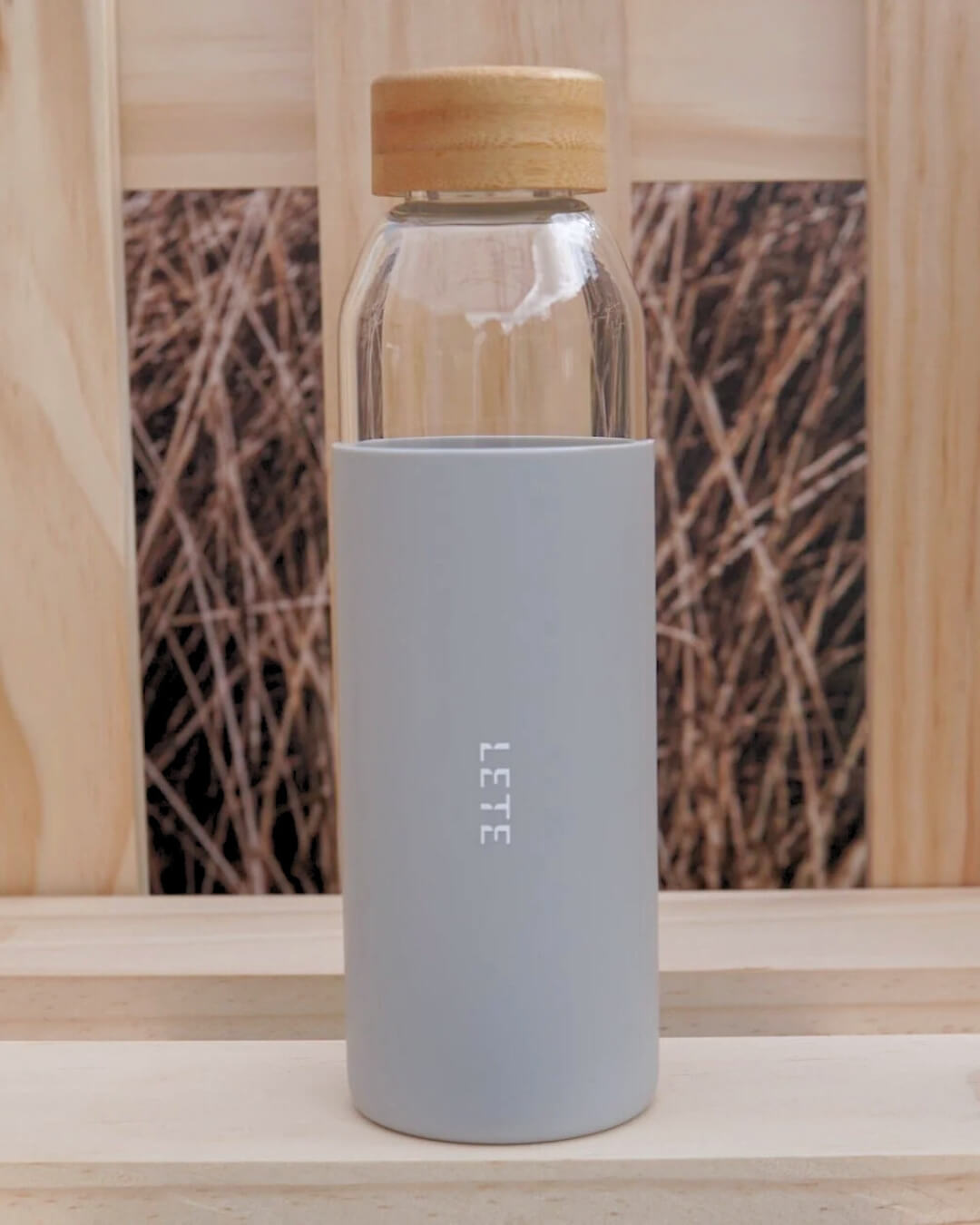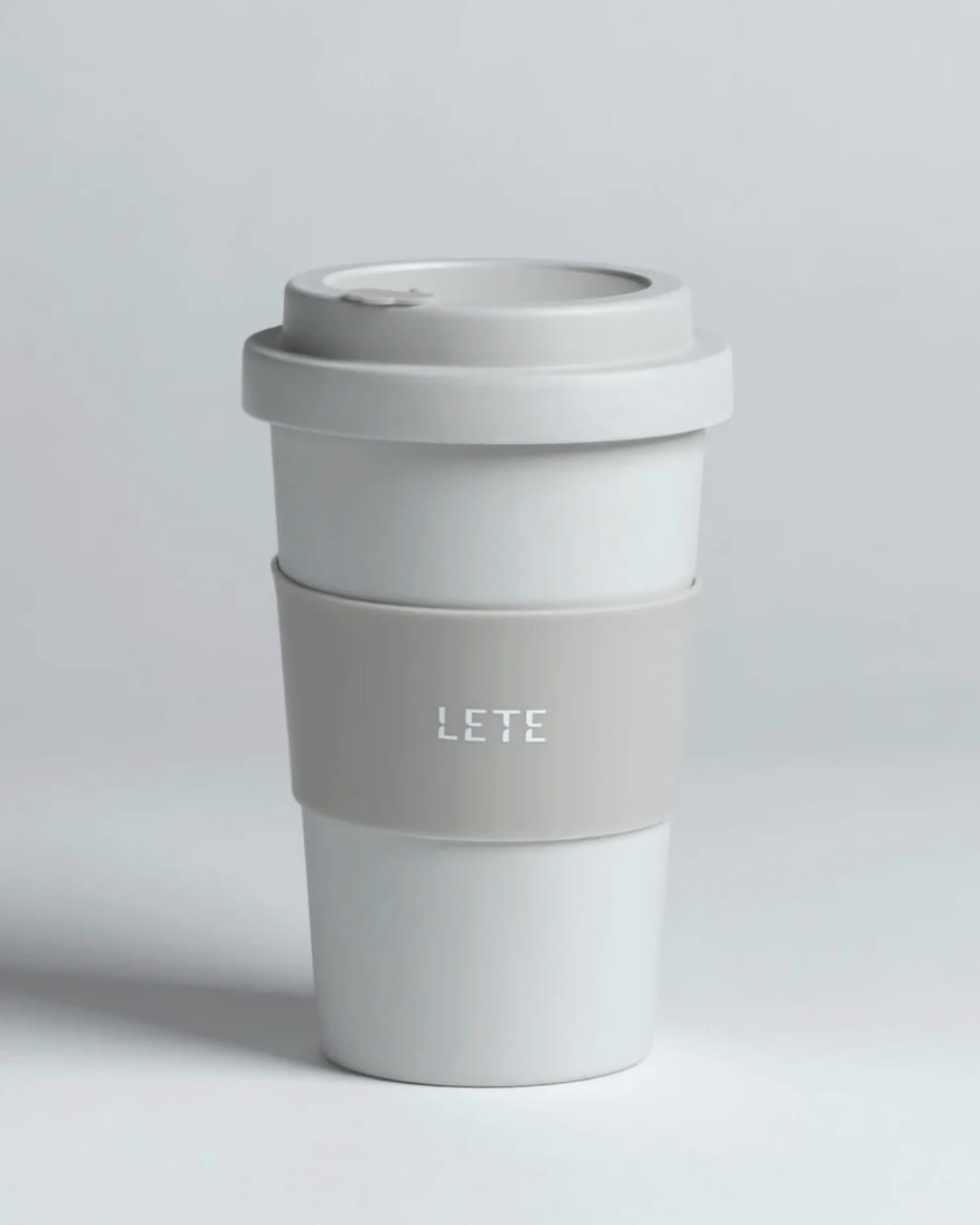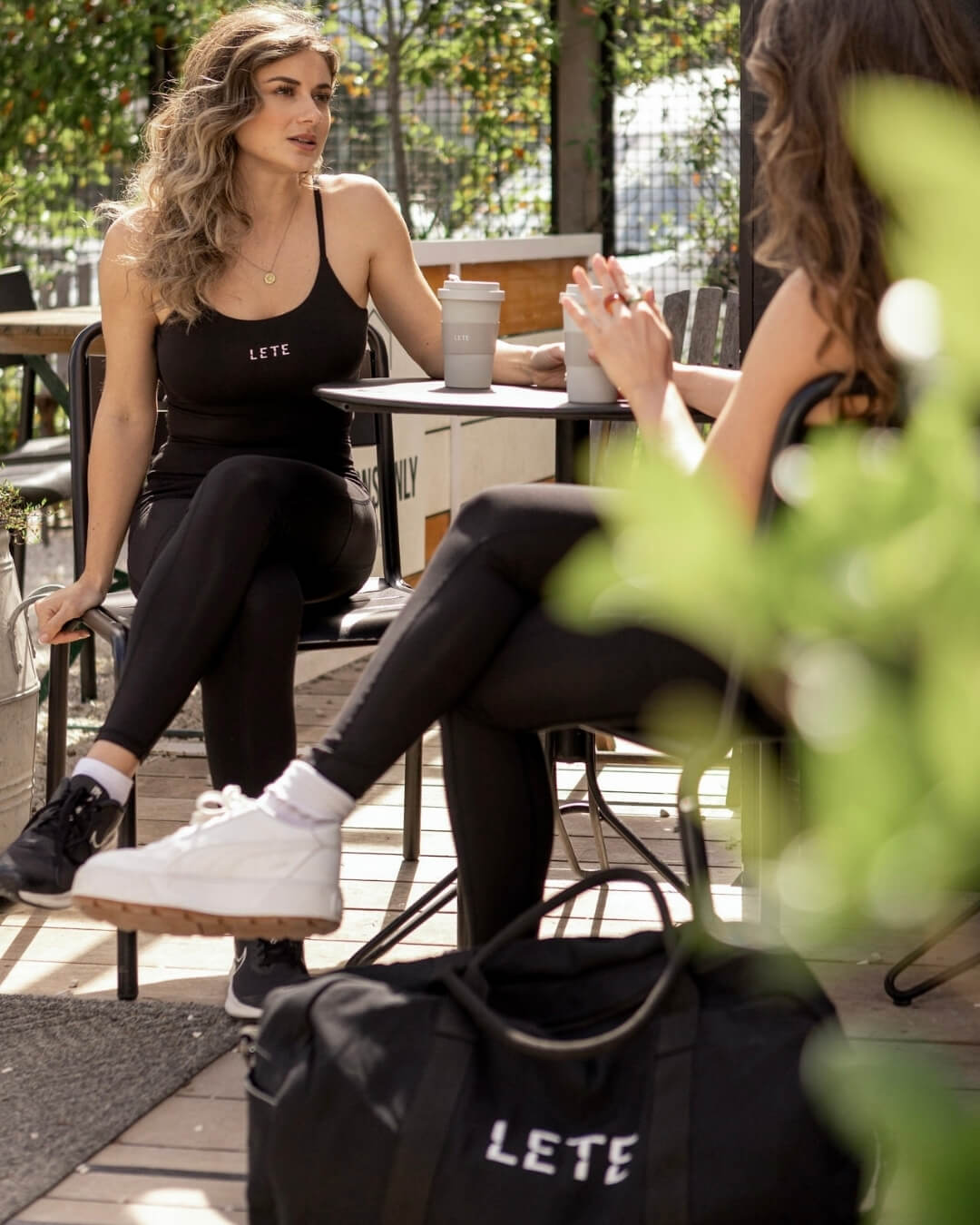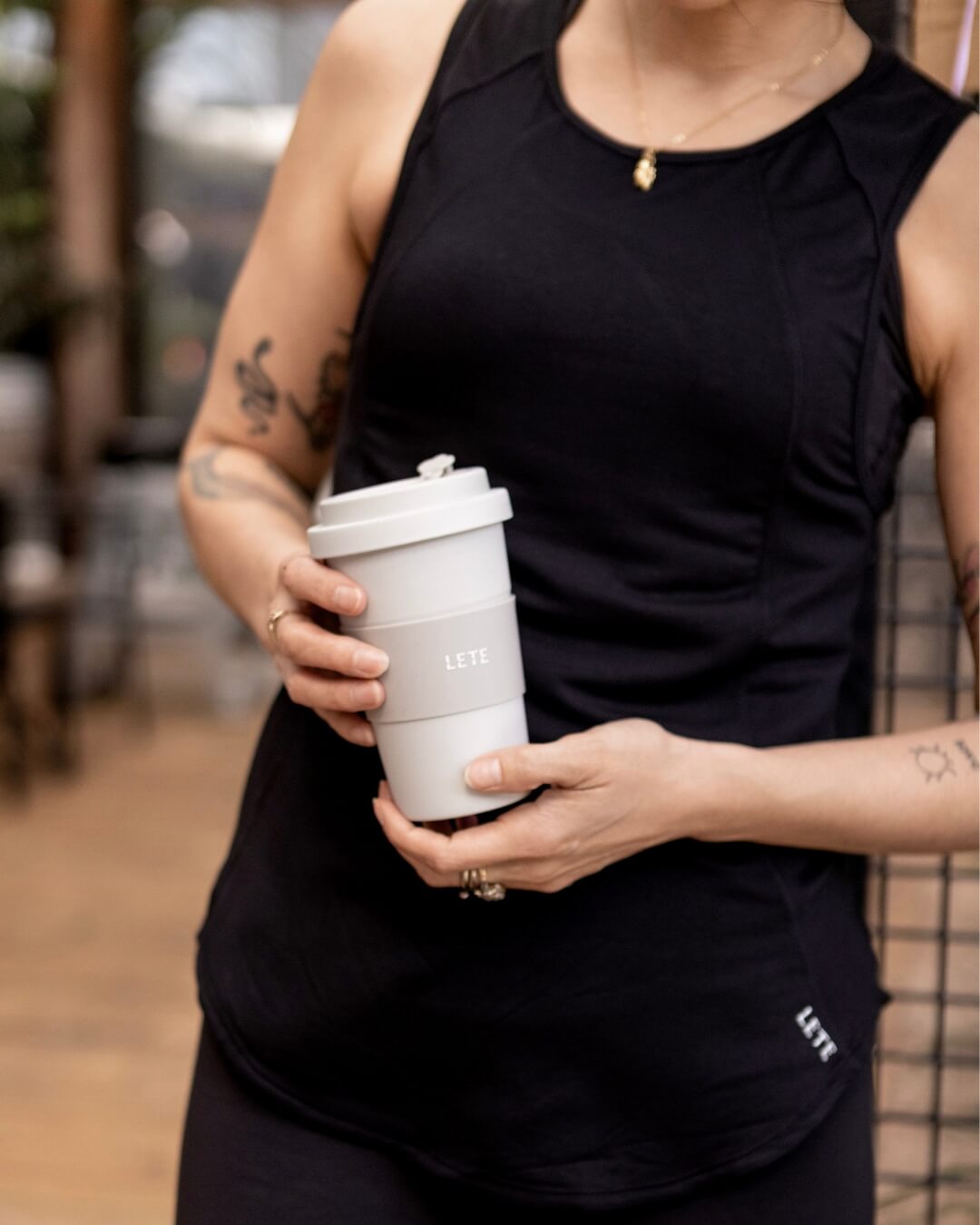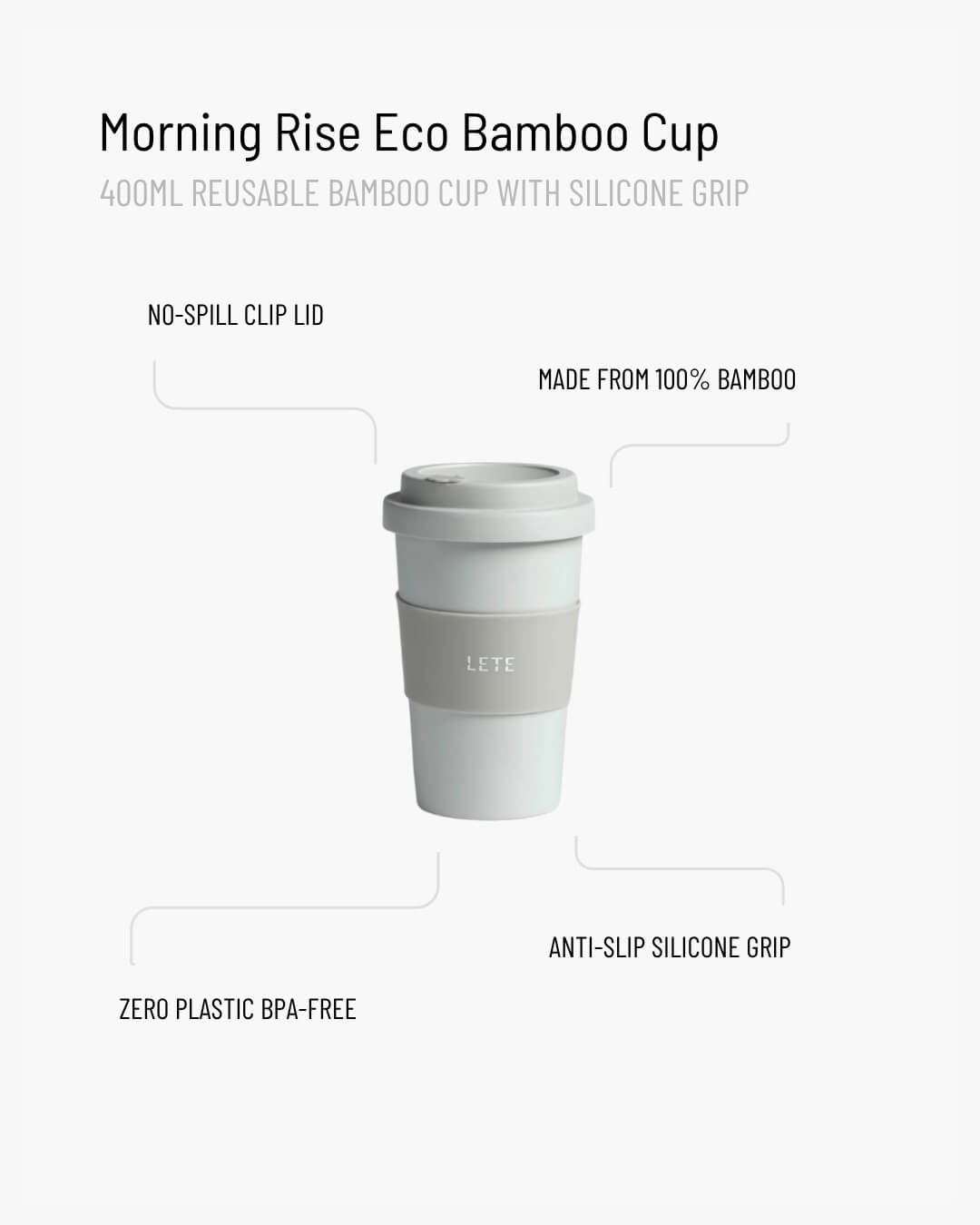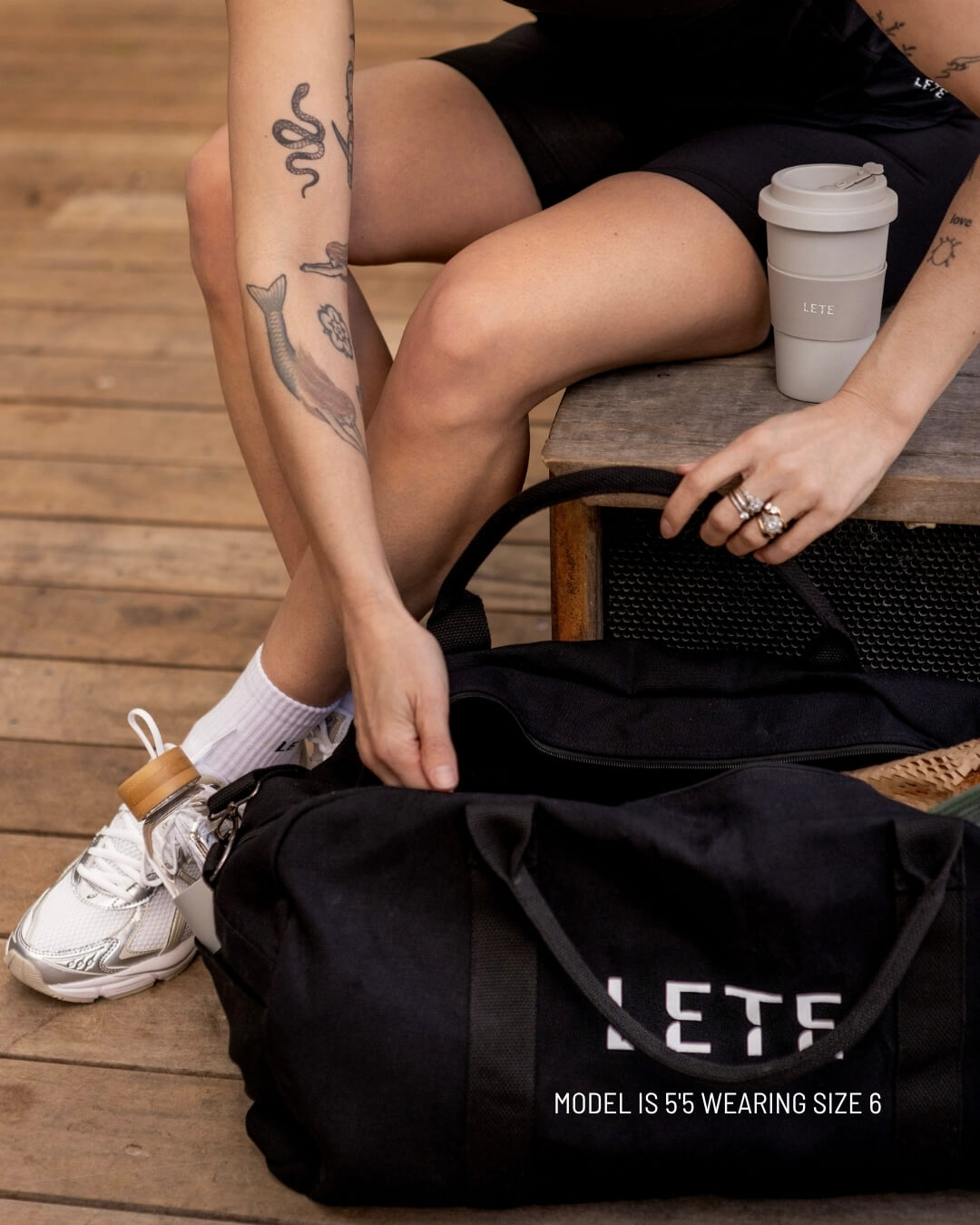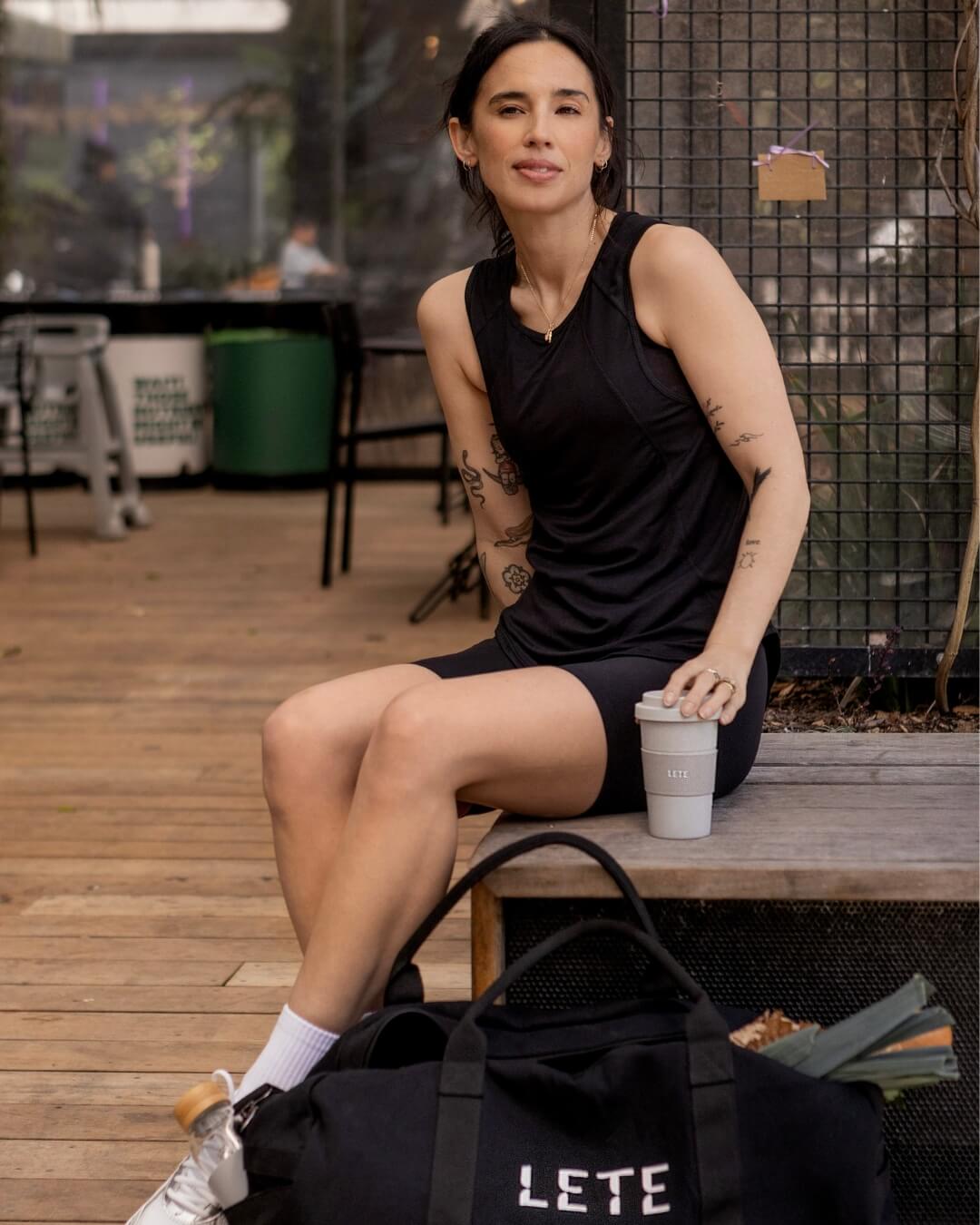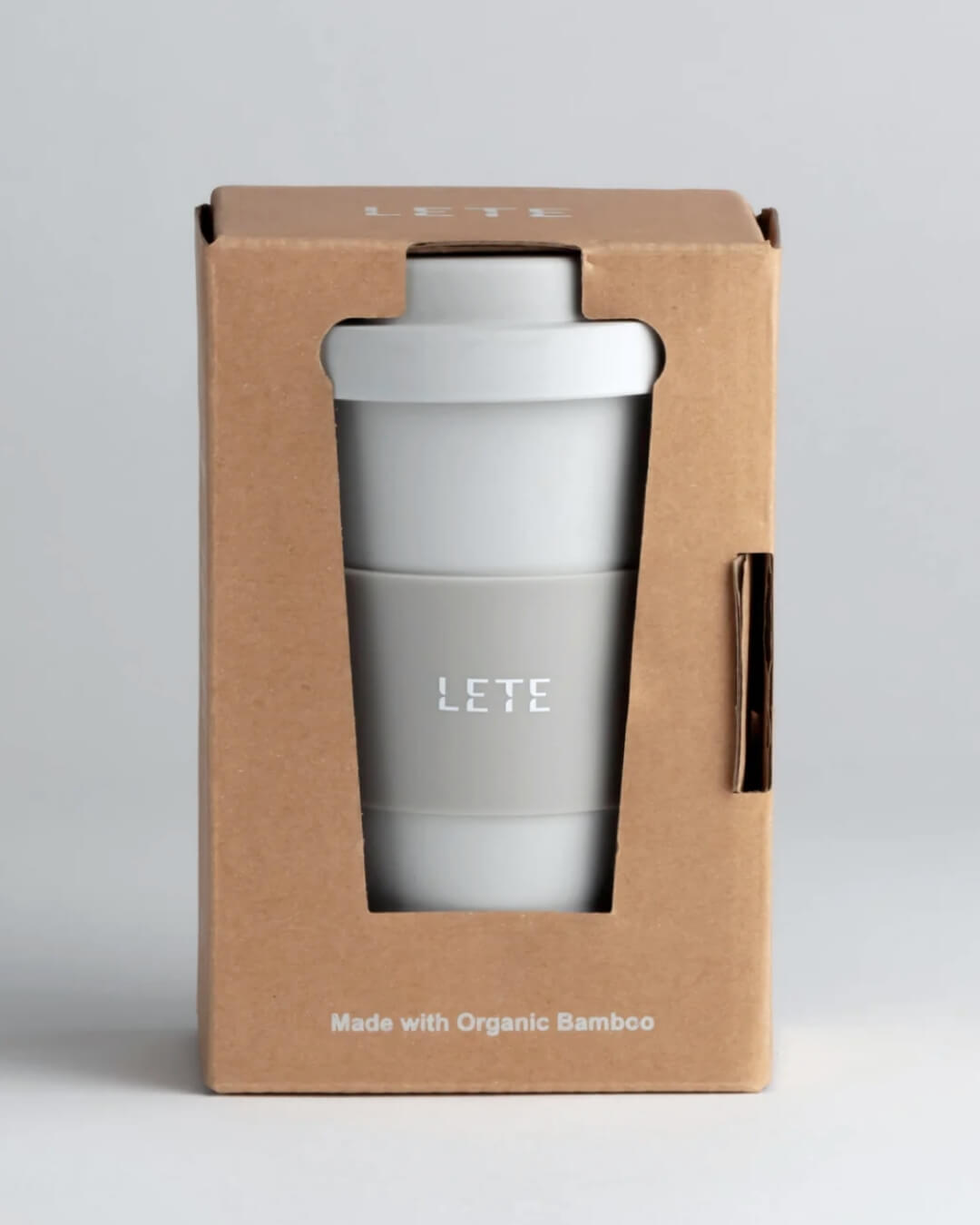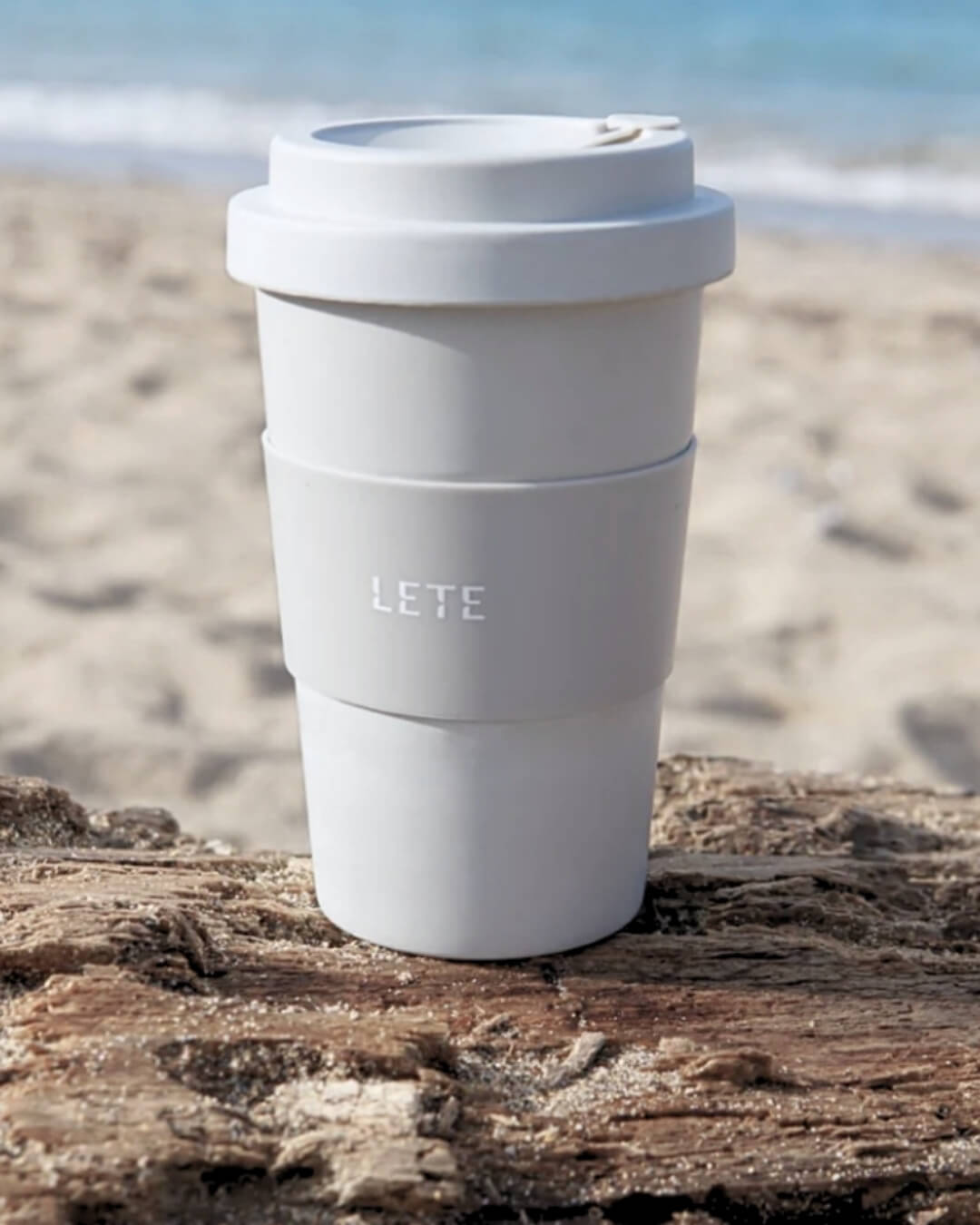You probably hear the term ‘slow fashion’ get thrown around a lot these days. But what does it actually mean, and how is it different to fast fashion? Let’s investigate, so that you can make an informed decision when it comes to your shopping habits. With a 80 billion new pieces of clothing being consumed globally every year, and 85% of these textiles ending up in landfill, something’s gotta give in our fashion industry.
What is Fast Fashion?
Fast fashion gets a bad rap. And you know what? It kinda deserves it. In short, fast fashion is all about profit: produce the largest amount of clothing as quickly as possible and sell it as quickly as possible, environment and workers be damned. Remember that scene in The Devil Wears Prada where Meryl Streep schools Anne Hathaway on the trickle-down cerulean blue that started with Oscar de la Renta and ends up in a clearance bin? That’s fast fashion at works.
There’s a new collection out every week, usually with cheap fabrication made from non-natural fibres. The price tag might be lower, but the poor quality of the clothes means that you’re not really getting better bang for your buck, and the garment is more likely to quickly end up in landfill. The style will probably line up with current trends, but you wouldn’t want to be caught dead in it two seasons later. Suddenly that appealing price isn’t looking so hot when you think about all of these things… seams coming undone due to poor manufacturing, a BO smell that can’t be washed out due to the polyester, an itchy care label, that hole that’s going to form after the third wear.
The other bad news is that before your fast fashion garments even make it into your wardrobe, they’ve already left a trail of sad behind them. Most of these garments will come from factories with poor conditions and workers who don’t receive fair wages; think long hours, for well below minimum wage, working in buildings that aren’t up to code, usually in developing countries. These brands often aren’t transparent about where exactly their clothes are made for this reason, and because they don’t own the factories but rather contract from them, they can’t be held accountable, either. As well as poor working conditions, 90% of textile wastewater ends up being dumped directly into nearby rivers; this water contains toxins such as lead, mercury and even arsenic, which is then consumed by local wildlife and people living in the area.
The environment suffers in other ways due to fast fashion, too. More chemicals are usually used to in the creation of these garments, allowing toxins to escape into the environment and atmosphere, and leaving toxins from dyes in the clothes themselves. Most fast fashion brands use synthetic fibres such as polyester, nylon and acrylic. Did you know that these fibres are actually made from petroleum?! This means that they can take up to one thousand years to biodegrade – as well as releasing microplastics into our oceans. According to the Australian Style Institute, a 2011 study found that just one washing of a single polyester garment can create more than 1900 microfibres which are consumed by sea life (and, if you’re a fish eater, then re-ingested by you!). Pretty icky, right?
What is Slow Fashion
The term “slow fashion” was coined by Kate Fletcher in 2007 when she published an article in The Ecologist comparing the sustainable fashion industry to the Slow Food Movement. The Slow Food Movement was founded in Italy in 1986 by Carlo Petrini. The concept connects food (and the pleasure derived from it) to responsibility and awareness and stands for three overarching principles: Good (quality and health), Clean (environmentally friendly production) and Fair (conditions for workers, pay for producers, and prices for customers). These three principles work just as well when it comes to fashion; slow fashion means good quality materials that will care for your skin, clean manufacturing of garments that uses minimal to zero pesticides and chemicals to treat the garments, and fair conditions for everyone in the chain of supply.
Slow fashion brands will usually have smaller collections that stick around for whole seasons, or even years. Rather than churning out on-trend pieces that date within minutes, you’ll instead find classic cuts and styles in natural fibres, often created from recycled or upcycled materials, for a minimum impact on the environment. Many companies are now offering collection points where you can return old garments to them to be recycled into new pieces, as well as pledging to use the offcuts from their garment production to remake into new items. The natural fibres will often mean that the clothes are biodegradable, too, so once the lifespan of your garment finally comes to its end, it won’t contribute to landfill – hooray! While a slow fashion piece may cost more at the time, it will last much longer, ultimately saving you money over time. Pieces are often bespoke or created by hand, meaning you’re paying fairly for the creation of your garment, too.
The key to slow fashion? Treat your garments with care so that they’ll last. Say no to cheap fast fashion pieces as much as possible and spend your money on fewer, good quality garments made from natural fibres. Shop second hand, vintage or rent pieces where possible. Avoid trends that you wouldn’t be caught dead in six months from now and stick to pieces that reflect your personal, lasting style.
So, there’s your basic overview to fast fashion versus slow fashion. When you see that cheap price tag on a fast fashion garment, it can really be tempting to buy it. But think of it this way: while that slow fashion piece may cost five times as much, it’s going to last far longer. Not only that, but you’re making the better decision for everyone involved – yourself, the person who made your clothes, and our beautiful natural wildlife and planet.
Sources
Ashwariya, S. Fibre 2 Fashion. (2019, November). Fast vs Slow Fashion. Fibre 2 Fashion.
https://www.fibre2fashion.com/industry-article/8460/fast-vs-slow-fashion
Australian Style Institute. (2020, January 31). What is Fast Fashion? Everything to Know. Australian Style Institute. https://australianstyleinstitute.com.au/shopping-habits-say-fast-fashion-ethics-sustainability/
Wagner, Luisa. Sanvt. (2020, April 21). Fast Fashion vs Slow Fashion. Sanvt . https://sanvt.com/journal/fast-fashion-vs-slow-fashion/





